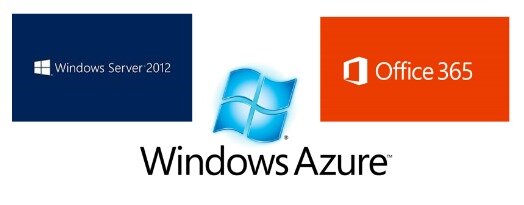How to Prepare for Life After Windows Server 2003 R2
As a Microsoft Gold Partner, I frequently attend partner events, both online and in-person. One thing I can guarantee prior to attending, is that at some point Windows Server 2003 going End of Life will be discussed. While it is old news to me and many others, somehow there are still eight million instances of the Operating System running in North America. While July 14, 2015 feels like a long way away, especially for a Chicagoan standing on the precipice of winter, Microsoft customers need to develop their migration plans sooner rather than later.
What does End of Life mean for you and your business?
- No Application Support - Once Windows Server 2003 stops being supported by Microsoft, it is important to understand that many of the applications running on it won’t be supported either. This will include ALL Microsoft, and almost all non-Microsoft, applications.
- No Compliance - Once support ends, your organization will likely fail to meet your industry compliance standards and regulations.
- No Security Updates - As XP users found out on April 8, 2014, once a product is deemed End of Life by Microsoft, updates are no longer released. In 2013 there were 37 critical updates released for Windows Server 2003 R2.
How should I be preparing?
Microsoft estimates that it will take 200 - 300 days to complete a server migration (including applications) from start to finish.
Plan of Action:
- Identify all software and workloads running on Windows Server 2003 R2.
- Assess this software & workload inventory and prioritize. Move your critical applications first. Perhaps some applications can be retired.
- Target the right migration destination (Windows Server 2012, Azure, Office 365, etc.) for each application and workload.
- Migrate the applications to their new home.
If there is a silver lining in this process, it is the opportunity presented by the problem. There is no better time to take advantage of the capabilities and services offered in Windows Server 2012 R2, Microsoft Azure, and Office 365.

Food for thought:
- Application requirements: What OS requirements do your applications have? Can they run on Windows Server 2012 or do they need to be upgraded as part of their migration?
- Hardware requirements: Can your current systems support Windows Server 2012 R2?
- Cost: In the long run, what will the most cost effective migration path be for your business? Would your business be better off moving to a cloud platform like Azure, or moving some applications to cloud-based subscription services (e.g. Exchange Online)?
- SQL Server 2005: Did you know SQL Server 2005 is the next product in line to go End of Life after WS 2003? How will this factor into your decision when selecting a migration path for your data?
DMC welcomes the opportunity to be your trusted advisor as you prepare to make changes in your datacenter. We have the resources and knowledge to help you make the best decision for your business. Contact Us if you would like to discuss how to complete an efficient migration with minimal disruptions to your business.
Learn more about DMC's Microsoft Consulting Services.
Comments
There are currently no comments, be the first to post one.